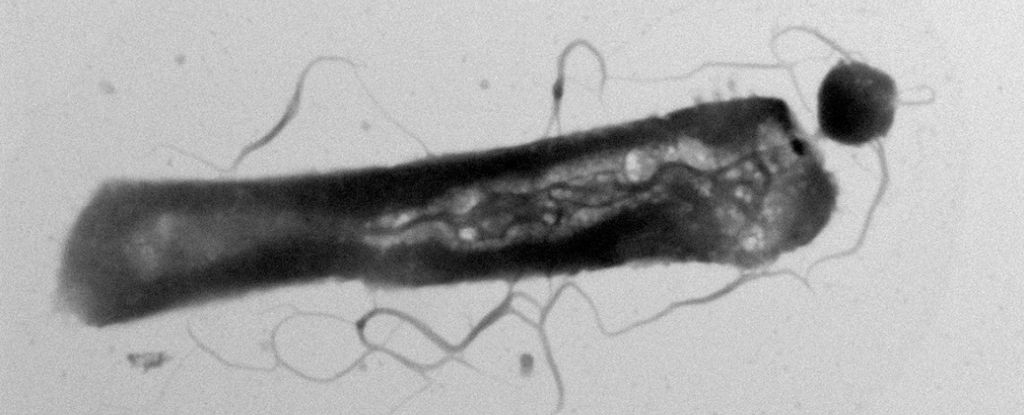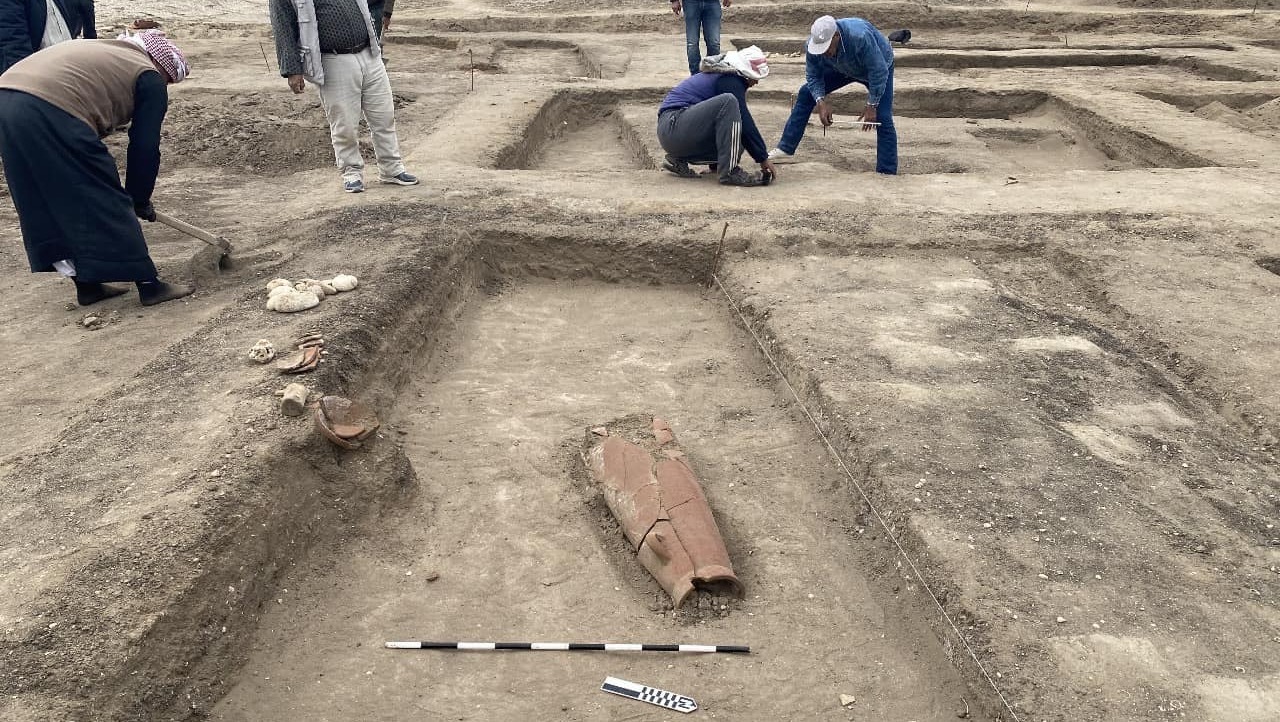Agronomy, Vol. 14, Pages 774: Impact of Pre-Plant Fertilizer Rates in Combination with Polysulphate® on Soil Nitrogen Distribution and Yield of Short-Day Strawberries (Fragaria × ananassa cv. Camarosa)
Agronomy doi: 10.3390/agronomy14040774
Authors: Amanda Lay-Walters Kimberly Heagy Alex Woodley Mark Hoffmann
Strawberries are by far the most produced soft fruit (blueberries, raspberries, blackberries, and strawberries) worldwide, with China and the US being the two countries with the most production. In the US, strawberries reached a farm gate value of more than USD 3 billion in 2023 and are predominantly grown in the open field on an annual cycle in hilled-up soil beds using plastic mulch (plasticulture). This process relies on adequate pre-plant fertilizer application for plant establishment and fruit development. In North Carolina (US), it is current practice to apply pre-plant fertilizer containing 67 nitrogen (N) kg/ha; however, with increasing fertilizer costs and environmental concerns, questions remain as to whether or not pre-plant full-spectrum fertilizer rates can be reduced and substituted with organic low-N fertilizer sources, such as Polysulphate, without impacting yield or fruit quality. For this reason, field trials were established to evaluate the impact of pre-plant fertilizer rates on strawberry production (‘Camarosa’). Trials were conducted in the 2019–2020 and 2020–2021 seasons at two locations in North Carolina. The following N-rate pre-plant fertilizer treatments were applied: 80.1, 67.3, 54.1, 41.1, 33.6, 28.0, and 0 kg/ha. NO3 and NH4 content were frequently assessed in each replicate in the raised bed profile between planting and spring fertilizer application. Marketable and total strawberry yields were assessed over 6 weeks in the spring of 2020 and 2021. Our trial results showed that, especially in sandy soil, N rapidly declined under plastic within the first 8 weeks after pre-plant fertilizer application. However, no impact between pre-plant fertilizer rates and plant yield was observed. Treatments that contained Polysulphate and lower amounts of full-spectrum fertilizer showed significantly lower N concentrations in the soil while maintaining similar yields and fruit quality compared to grower-standard pre-plant fertilizer treatments. In summary, our results show that it is possible to reduce N content in pre-plant fertilizer by up to 50% compared to current recommendations without causing yield loss in short-day strawberry cultivars.

 3 weeks ago
14
3 weeks ago
14


